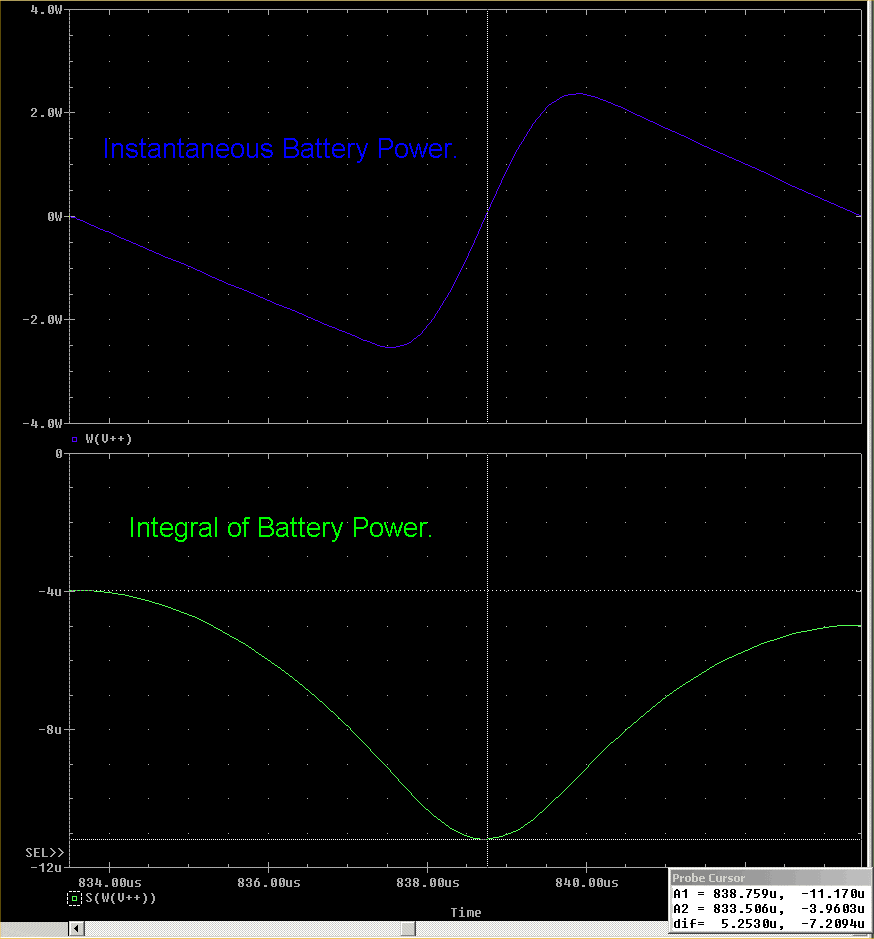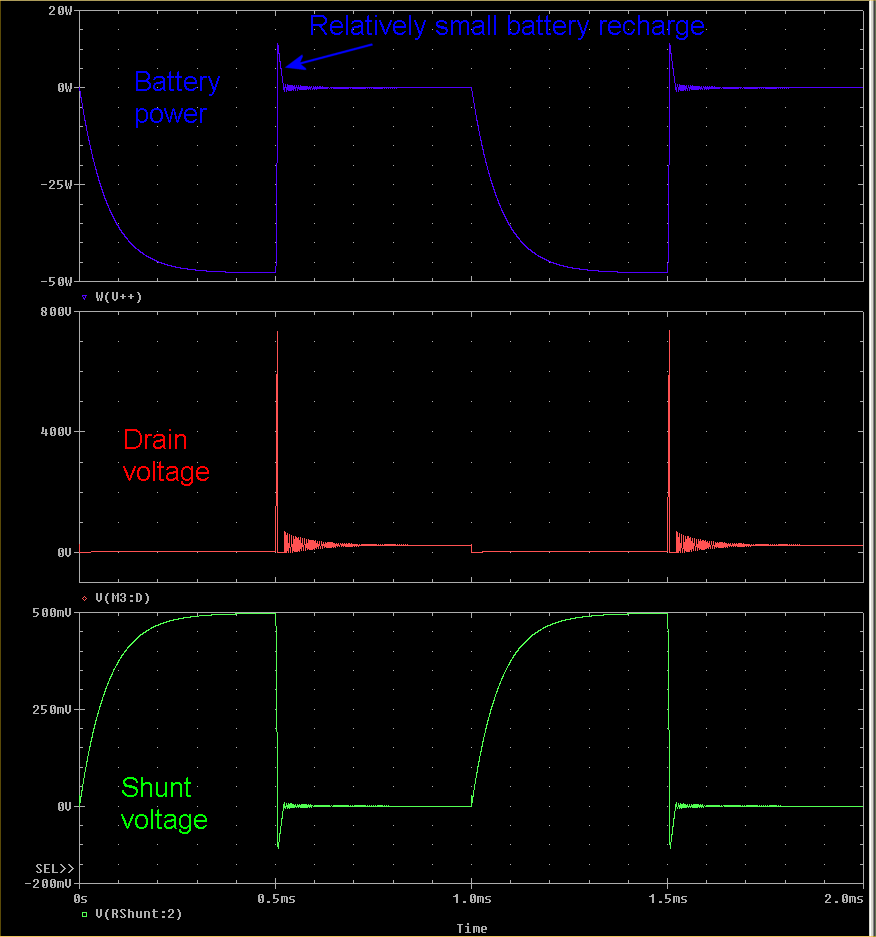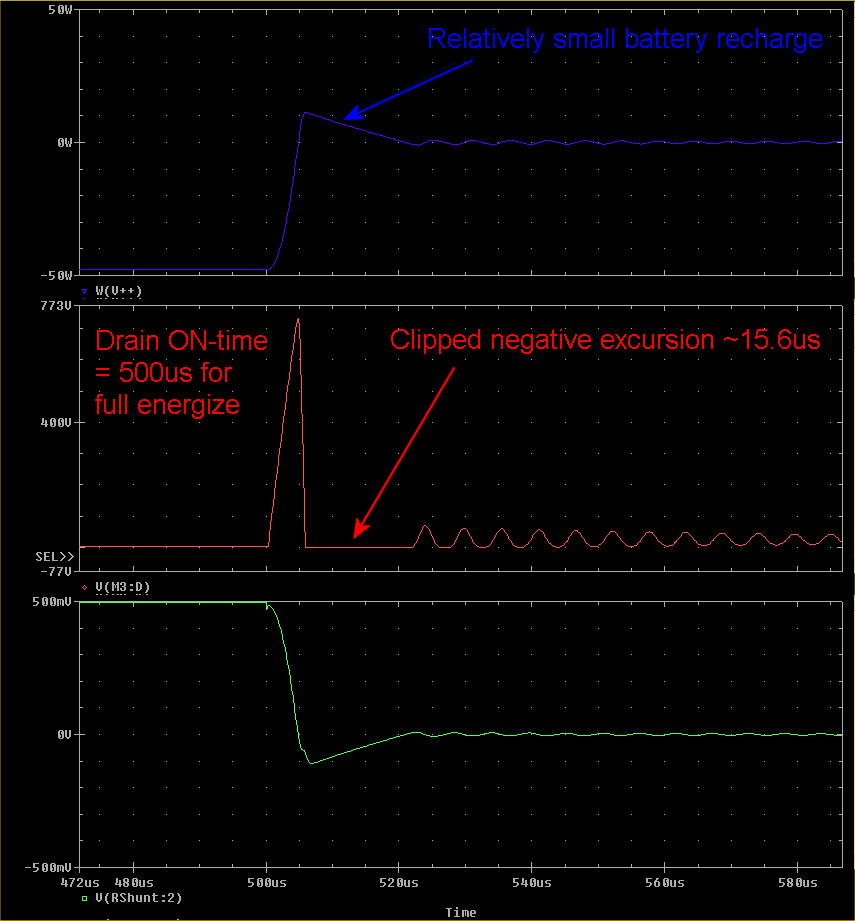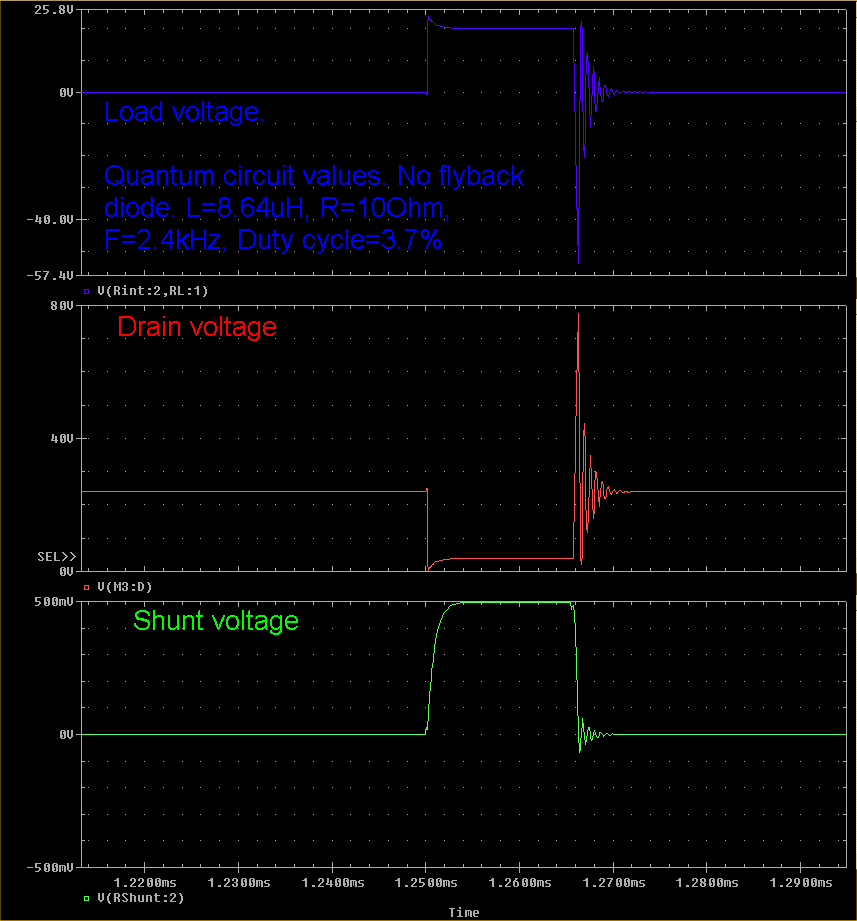Hi,
I did play again a bit around with it, and got a new old resistor, but it has thinner wire.
So, i did connect a big Microwave Coil in front and back from the Resistor, and got some bigger Spikes.
Also putting a Magnet inside or bring it closer can give strange Effects.
But anyway, i tried the Quantum Timer and one from Aaron,
and at a certain Point, i got more negative Spike then positive one, with both Timers, just at different Frequencys.
That Resistor isnt that great, it has ~#28, and i think, thicker Wires are simple better.
For adjusting, i did set the Duty cycle, there, where i still can supress it with the Gatepot(10K), and then adjusting the Gate again, and then the Frequency.
But anyhow, i think, its hard to find without a Scope.
And just dont connect something like a Coil or something inductive at Source Side of the Transistor, a Pot is ok, but else, it will kill the Diode. lol
I did play again a bit around with it, and got a new old resistor, but it has thinner wire.
So, i did connect a big Microwave Coil in front and back from the Resistor, and got some bigger Spikes.
Also putting a Magnet inside or bring it closer can give strange Effects.
But anyway, i tried the Quantum Timer and one from Aaron,
and at a certain Point, i got more negative Spike then positive one, with both Timers, just at different Frequencys.
That Resistor isnt that great, it has ~#28, and i think, thicker Wires are simple better.
For adjusting, i did set the Duty cycle, there, where i still can supress it with the Gatepot(10K), and then adjusting the Gate again, and then the Frequency.
But anyhow, i think, its hard to find without a Scope.
And just dont connect something like a Coil or something inductive at Source Side of the Transistor, a Pot is ok, but else, it will kill the Diode. lol










Comment